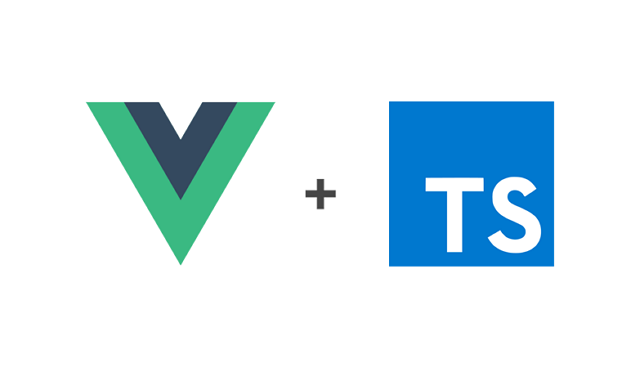Vue-i18N 算是採用 Vue 為前端框架者,常會使用的多國語言翻譯套件。不過為了支援 TypeScript 和便於日後維護,筆記下檔案的配置和資料流向。
關鍵點
1. Vuex:紀錄使用者的語系 ( 如:en_us ),並運用 vuex 中的 action 方法來重複呼叫對應的 mutation
2. .vue 元件檔:取用 vuex 中預先寫好的 getter 方法,並將其綁定到 v-model 上。當修改時,將 vuex 中的 action 方法當作 set 的方式,寫回到 vuex 中並同時修改 $i18n 的值。
3. .vue 元件檔中,在 template 中有綁定 $t 的,可以直接使用。其餘的部分,要藉由監聽 vuex 中紀錄使用者語系的變數,顯示對應的變化。初始的預設值,請寫在該元件檔的 data 內。
4. Tsconfig 檔,要新增 “compilerOptions.resolveJsonModule”: true
5. 在根目錄下建立一個 i18n 的資料夾,裏頭放置語系的 json 檔。可以支援多層的 key-value
6. i18n/config 中,會新增兩隻檔案:index.ts / locales.ts 。每當要新增語系時,要修改 locales.ts 中的 enum Locales{} 、LayoutLanguages 和 index.ts 三處即可
示範程式碼
Github 位置:https://github.com/andy922200/vue-vuetify-typescript-eslint-babel-stylelint-integration
資料來源
1. Manage Vue i18n with Typescript
2. 在 Vue-cli 中使用 i18n 實作多國語系

